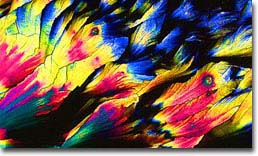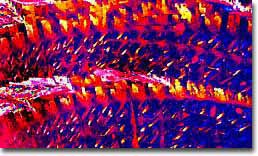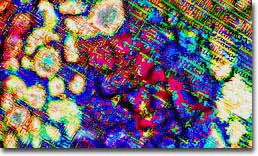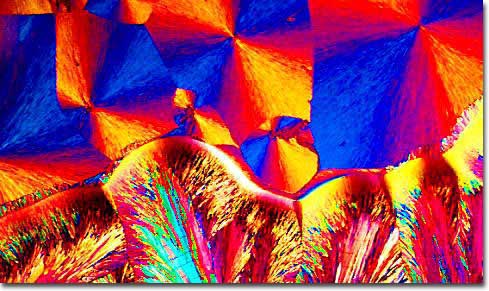|
The word "religion" is derived from the Latin term religio, and although the actual meaning is in dispute, some scholars have tried to connect religio with other Latin terms such as relegere (to reread), relinquere (to relinquish), and religare (to relegate, to unite, to bind together). The terms religion and religious appear to be self-explanatory, yet they defy precise definition because they carry entirely different meanings for different people around the world.

Buddhism - Lotus Blossom
The study of religion is difficult and sometimes controversial, but the major religions of the world can be roughly divided using a geographical model based on the premise that geographical regions evolved their religions through common threads.

Christianity - Frankincense
Three main geographical regions usually are delineated as being India, the Far East (China and Japan), and the Near East. The Indian grouping includes Hinduism, Buddhism, Jainism, and Sikhism, while the Far East religions include Confucianism, Taoism, and Shinto. The main religions of the Near East are Zoroastrianism, Judaism, Christinaity, Islam, and Baha'i.

Native Americans - Tobacco
Our religion collection contains photomicrographs of various items that commemorate the great religions around the world. From the Native Americans, who base their religion on a great respect for nature, we have a photomicrograph of tobacco that was used as a gift made to elder tribal members or by visitors. We have a wide spectrum of photos representing christianity, including the spices Myrrh and Frankincense, and baptismal water.

Judaism - Oak Tree
Representing the religion of Hinduism we have a photomicrograph of incense, used as an offering at the temple. Commemorating Judaism, we have photos of tree fragrances, representing the planting of a tree in Israel to celebrate the life of a deceased person. Islam is represented by a photomicrograph of a ceramic tile, one of the "clean" materials that may be used to construct a mihrab. In addition we have used crystallites derived from the lotus blossom to represent Buddhism, sake' (a rice wine) representing the Shintos, and wine to represent the ancient Greeks and Romans.
|




